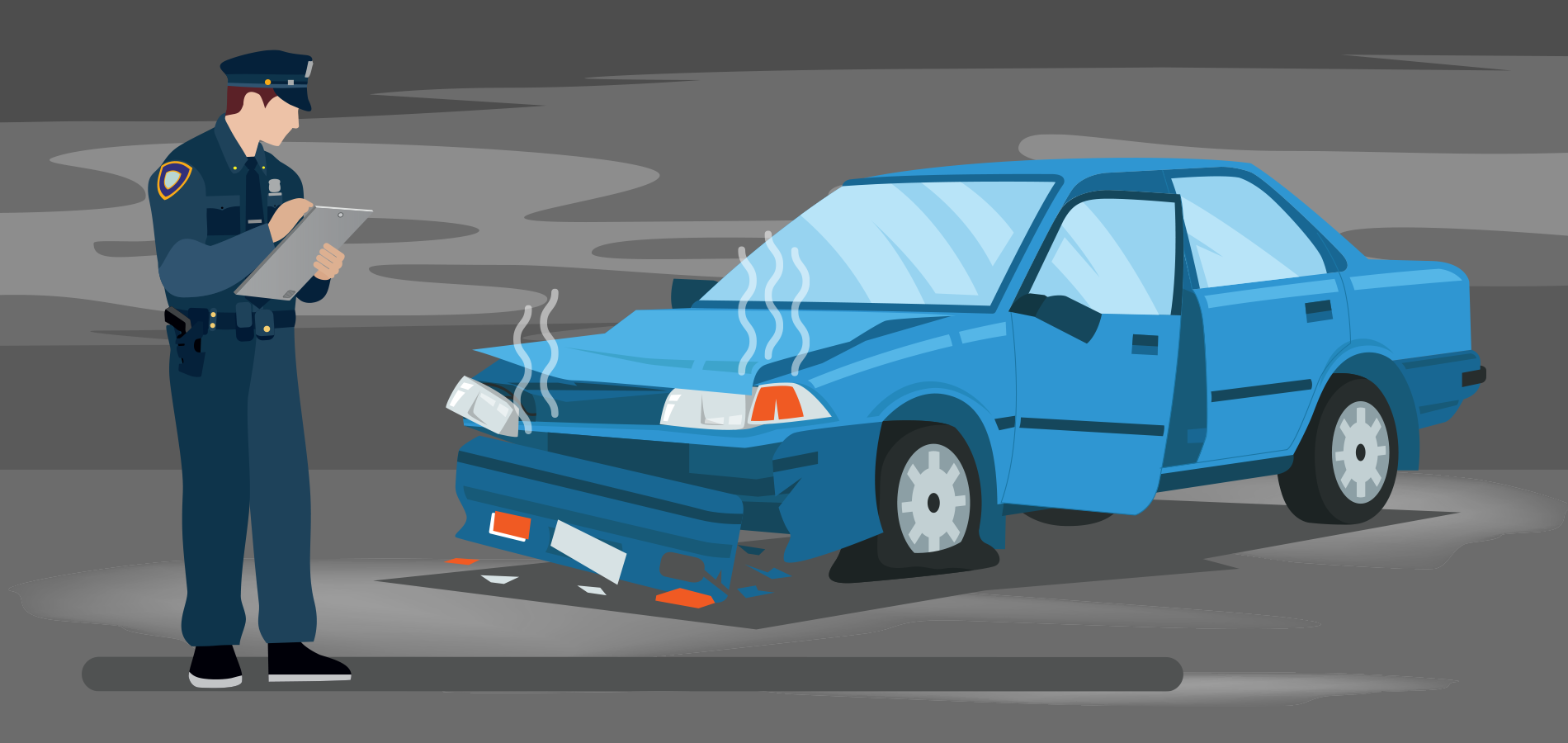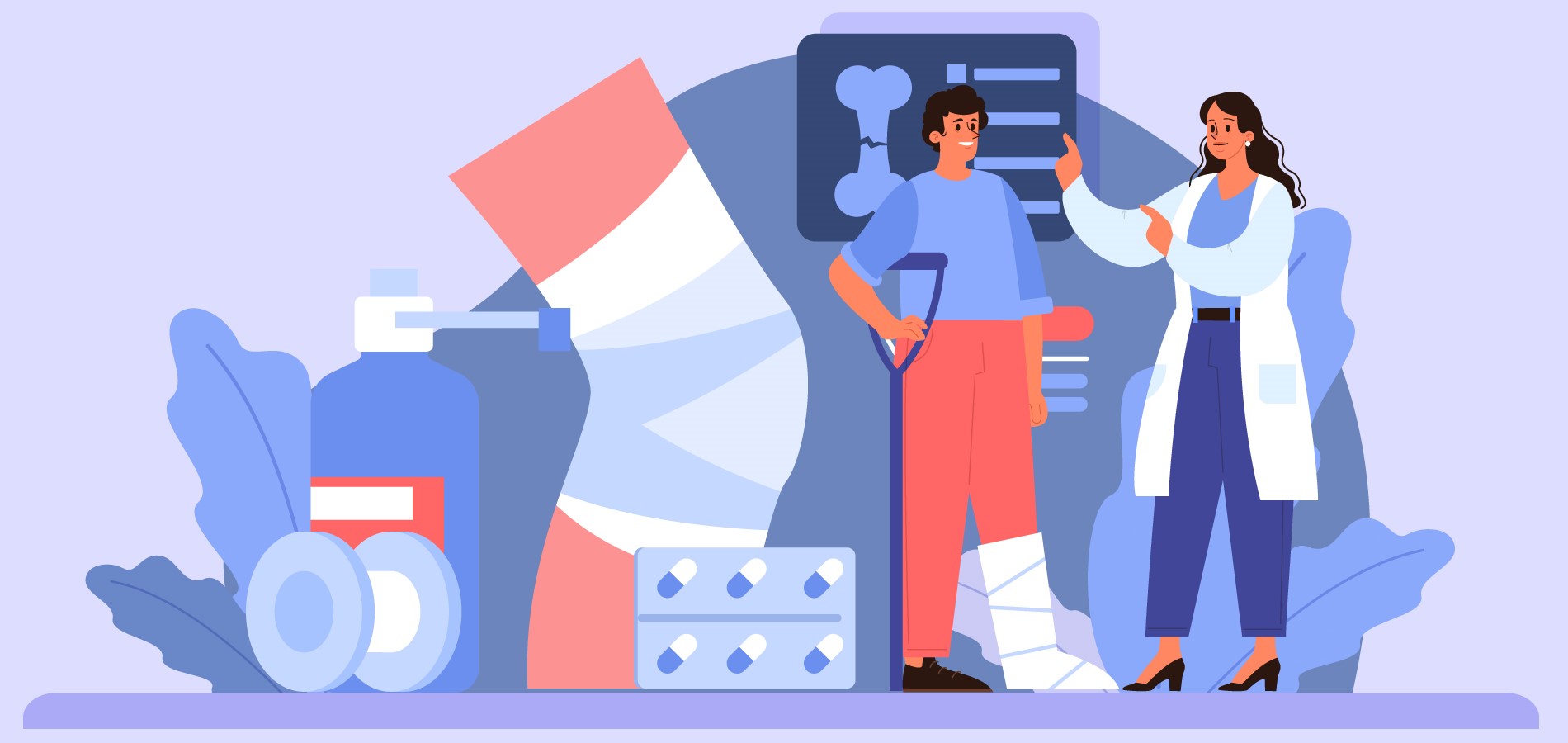If you are temporarily unable to work due to a physical or mental health condition, you might be eligible for short term disability benefits. This may be covered by both government Employment Insurance and private insurance. Read on to learn more about income replacement and how to apply.
What is short term disability?
Short term disability means that you have a medical condition, such as an illness or injury, that prevents you from performing your regular duties at work.
There are several ways to replace lost income while you are away from work:
- Paid sick leave from your employer: Your company may offer sick days that you can use prior to applying for other benefits
- Short term disability insurance: Your employer may offer this benefit, which will replace from 50 to 100 percent of your income while you are on short term disability leave
- Employment Insurance sickness benefit: The government of Canada’s unemployment insurance protection may provide coverage
- Long term disability insurance: As its name suggests, this insurance is for those who are unable to work for a prolonged period
In this article, we’ll discuss all of these benefits and the application rules. If you are unable to work due to a short term disability, you can investigate these options and determine your eligibility.
What does short term disability cover?
A wide range of medical conditions could make you eligible for short term disability payments. These can include back injuries, chronic pain, heart disease and ongoing migraines. Mental health issues, such as anxiety and depression, can leave you unable to work.
To qualify for disability benefits, you should have medical evidence that shows how your illness or injury impacts your ability to work. The short term disability rules are often complicated so check your coverage carefully.
Can I get short term disability insurance if I am self-employed?
You will need to purchase this coverage yourself. You can also buy long term disability insurance. In both cases, contact your insurance broker. Some self-employed people decide to forego short term disability insurance, relying on their savings to get them through a temporary illness or injury. However, they purchase long term disability insurance to protect them over an extended period.
How long is short term disability?
A short term disability is usually considered to be up to one year. If you are still unable to work after that, it would be viewed as a long term disability.
However, your benefits will be defined by your insurance policy. Some will only cover you for 15 weeks, while others will provide a full year of income replacement. So be sure to check your policy – if you have one.
Employment Insurance will provide you with up to 15 weeks of benefits if you can’t work. You will receive 55 percent of your normal earnings to a maximum of $595 per week. However, if you have sick leave or short term disability through your employer, you must tap those benefits first. You can’t receive EI short term disability payments at the same time.
How much does short term disability pay?
It depends on your employer’s policy. Typical short term disability rates in Ontario will replace between 60 and 100 percent of your income for a limited period – between 15 weeks and a year.
With some policies, the benefit is reduced over time. You may receive 100 percent of your normal income for the first six weeks, then 75 percent for the next six weeks, and then 55 percent for 40 weeks (for a total of 52 weeks).
Again, check the details on your employer’s short term disability insurance to see what benefits you have.
Short term disability benefits
This insurance provides short-term payments. If you exhaust these benefits, you would then have to apply for long term disability, if you have this type of insurance.
Where do I apply for short term disability?
If you have short term disability insurance through your employer, you apply to the insurance company. Most policies require:
- Employee statement: This explains the nature of your injury or illness and why you can’t work
- Physician’s statement: This is a document that a doctor must sign, outlining the medical condition that prevents you from performing your regular duties
- Employer’s statement: This outlines your normal employment responsibilities and why your illness or injury makes you unable to work.
The insurance company will assign a case manager to your file. The company will decide whether you are eligible for benefits under the policy. They may also request a medical consultant review – in other words, a second opinion from another medical practitioner.
Short term disability application
If you wish to apply for EI sickness benefits, you can visit the government of Canada’s Employment Insurance website. The website also provides details about EI short term disability eligibility and benefits.
What should I do if my claim is denied?
If your short term disability insurance claim is turned down, you can appeal to the insurance company. They will likely assign a second person to review your file and determine whether the case manager’s decision was appropriate.
If your appeal fails, you can sue the insurance company. Should you decide to take this route, it will be advisable to get legal representation as these cases can be quite complicated.
Can I be fired while on short term disability?
Your employment can be terminated but it is discriminatory to fire someone due to a disability. In Ontario, the Human Rights Commission requires employers to provide reasonable accommodations to employees with disabilities. Get legal representation if you think you have not been treated according to the law.
Short term disability and your employer
Short term disability insurance can be an important component of your financial plan, allowing you to protect your income when you can’t work. Check with your employer to see what coverage you have. If you are self-employed, speak with your insurance broker about purchasing coverage.





